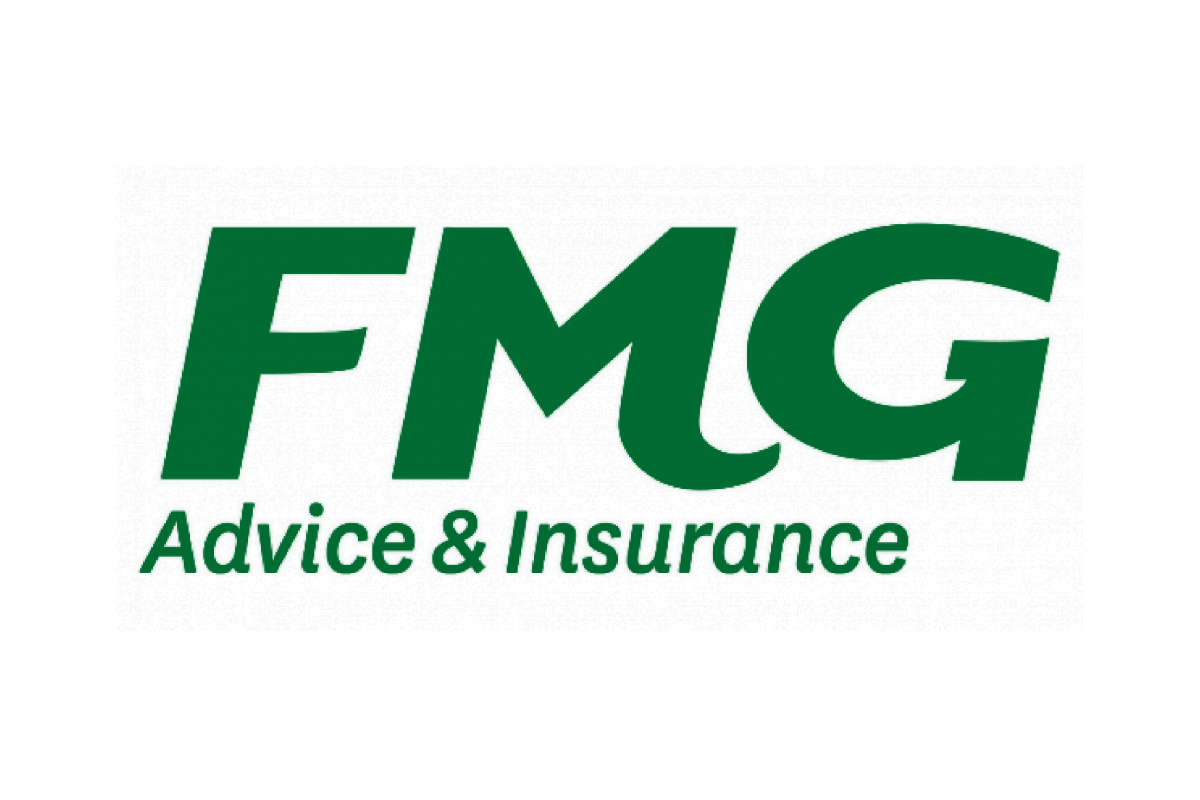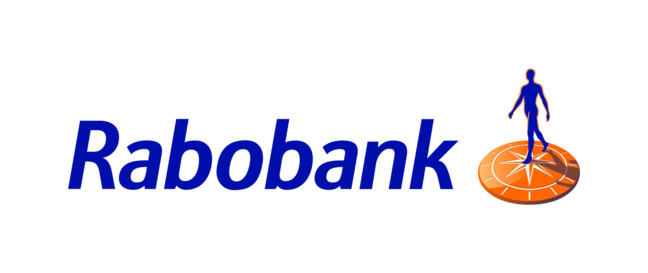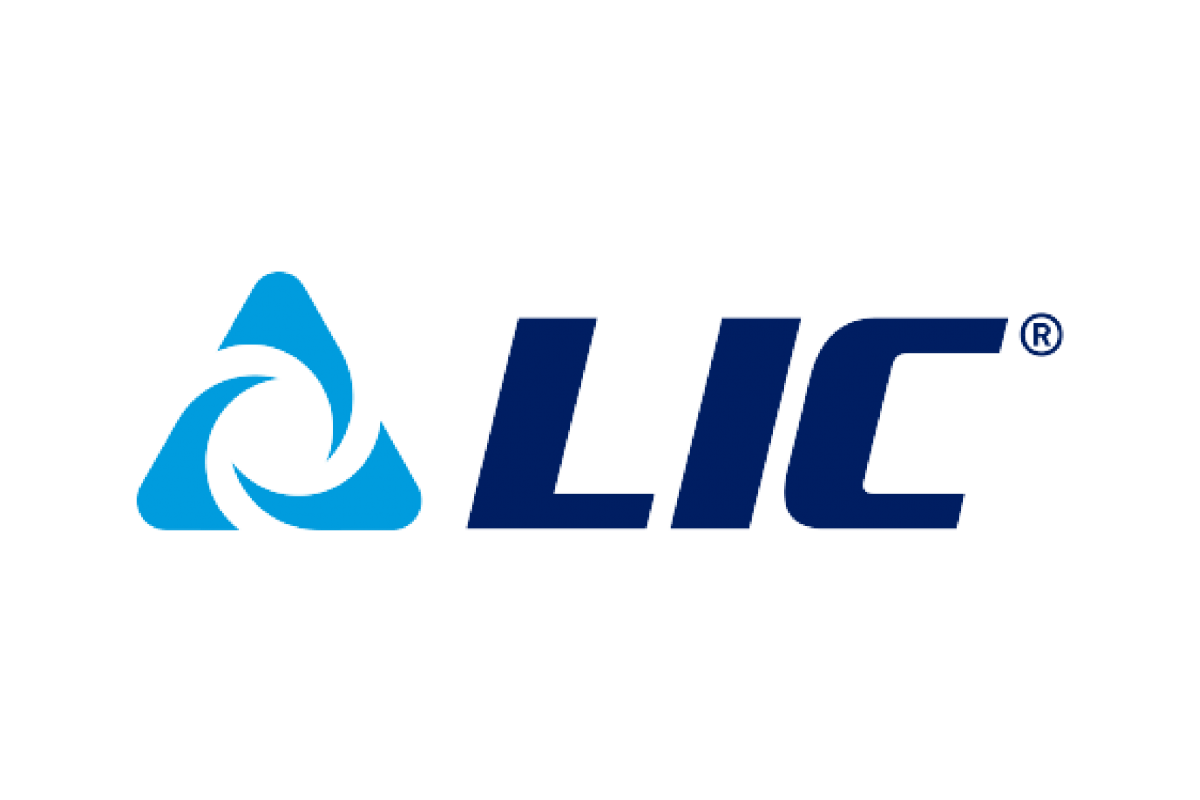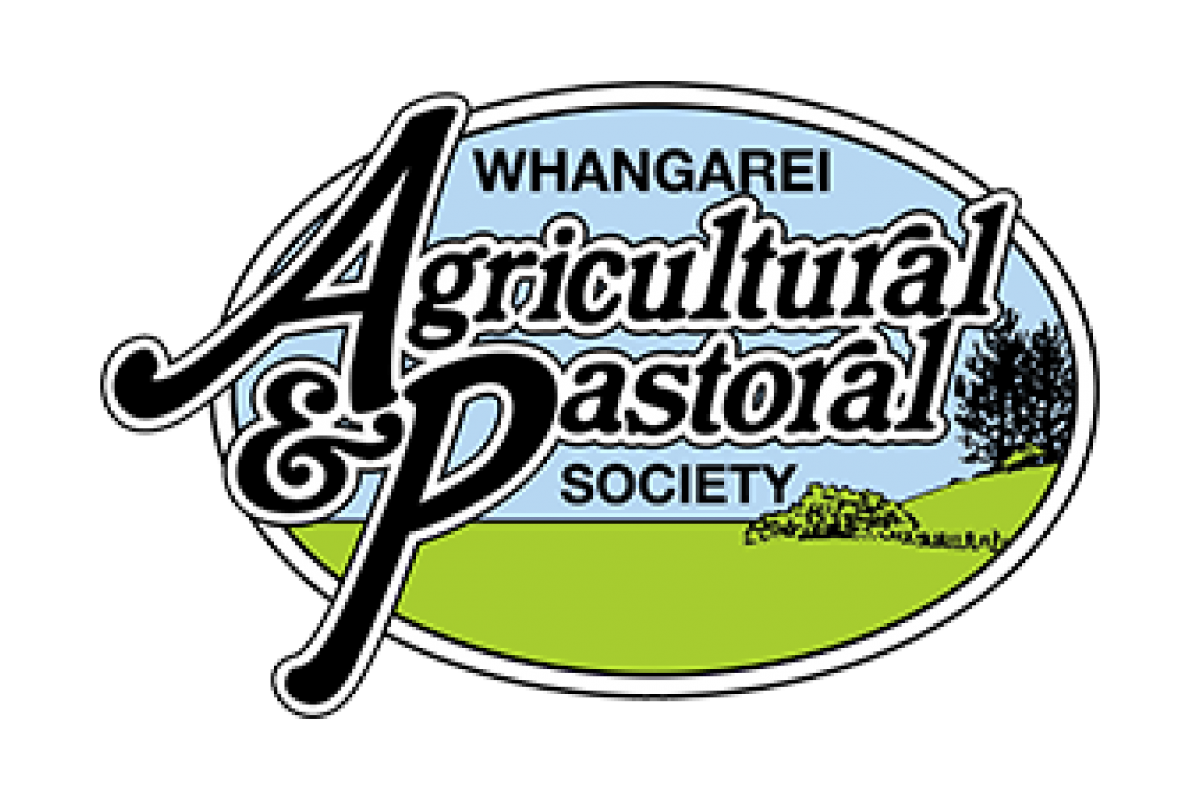Executive Summary
The dairy market environment is changing rapidly as the millennium trend of “globalisation” intensifies competition and rationalisation of both buyers and sellers. Acquiring critical mass in terms of milk and capital is necessary for dairy companies to successfully compete in the globalising market.
Dairy co-operatives worldwide are grappling with finding solutions to achieve critical mass. Given that dairy co-operatives have evolved to meet the needs of their supplying members, it is essential that the co-operatives ‘reason for being’ is not compromised or destroyed by solutions to acquire critical mass. It is also essential that the co-operative is able to remain viable and competitive as a processing and marketing company operating in a globalising dairy market. To fail will lead to falling returns and ultimately the demise of the co-operative.
Critics claim that limiting the supply of capital to that from members’ compulsory contributions and retentions constrains the co-operative. Members themselves also question whether it is the co-operative’s role to be involved in activities that do not directly relate to the collection, processing and marketing of their milk.
New Zealand’s dairy industry has been dominated by dairy co-operatives since 1936 when the single seller legislation was introduced. Deregulation means that farmers will have alternative supply options in the future. New Zealand dairy farmers have been geographically and historically isolated from the realities of supplying a co-operative versus a conventional company and often take the benefits of co-operative membership for granted.
New Zealand dairy farmers and our co-operatives also face unique challenges around restricted market access, a near-total reliance on exports and geographical isolation from the market place.
My report covers five European dairy companies that are fortunate to have unrestricted access to the European Union’s 360 million consumers. On the downside, European dairy farmers had milk growth restrictions imposed with the introduction of milk quotas in 1984. While European dairy farmers and companies face different challenges and opportunities, the co-operative purpose and characteristics are universal.
Many co-operatives are developing innovative solutions to achieve critical mass and retain members. Looking at the impacts and implications for the co-operative resulting from some of these initiatives provides some insight as to how similar proposals could affect Fonterra Co-operative Group.
Using case studies from Campina Melkunie Co-operative and Friesland Coberco Co-operative in the Netherlands, and Kerry Group, Glanbia plc and Golden Vale plc in Ireland, the objectives of this report are to:
- Identify the differences between co-operative and conventional dairy companies.
- Define the unique purpose and distinguishing characteristics of a cooperative.
- Examine the experiences of the five dairy companies in terms of:
- operating environment,
- strategy and structure (organisational and capital), the company’s ability to meet its members’ needs.
Relate learning to the New Zealand situation.
Retaining Co-operative Characteristics Amid Globalisation – Catherine Bull

























